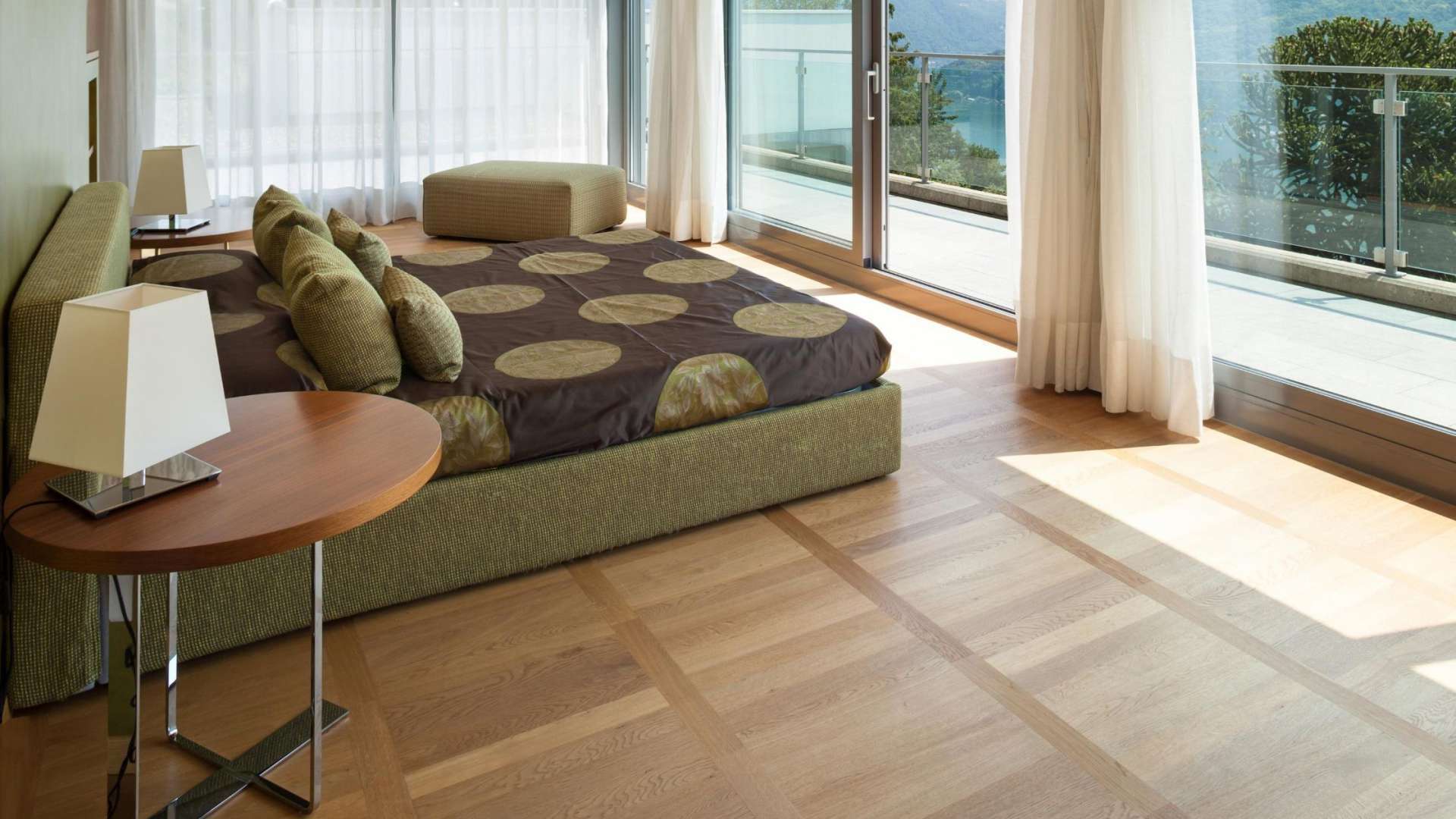Understanding Standard 1 Bedroom Apartment Sizes

Finding the perfect apartment can be a real adventure, especially when you’re trying to figure out the right size for your needs. A 1-bedroom apartment is a popular choice for many people, but it can come in different sizes, so it’s important to know what you’re getting into.
Standard 1 Bedroom Apartment Sizes in Different Cities and Regions
The size of a standard 1-bedroom apartment can vary significantly depending on the city or region. In larger metropolitan areas, where space is at a premium, 1-bedroom apartments tend to be smaller than those in more suburban or rural areas.
- New York City: A standard 1-bedroom apartment in New York City might range from 400 to 700 square feet.
- Los Angeles: You can expect a 1-bedroom apartment in Los Angeles to be slightly larger, with sizes typically ranging from 500 to 800 square feet.
- Chicago: Chicago offers a good balance, with 1-bedroom apartments usually ranging from 550 to 900 square feet.
- San Francisco: San Francisco, known for its high cost of living, often sees 1-bedroom apartments smaller than 500 square feet.
- Seattle: Seattle’s 1-bedroom apartments are generally in the range of 600 to 1,000 square feet.
Factors That Influence Standard Apartment Size
Several factors play a role in determining the standard size of a 1-bedroom apartment.
- Building Age: Older buildings often have smaller apartments than newer buildings.
- Location: Apartments in highly desirable neighborhoods tend to be smaller due to higher demand and limited space.
- Amenities: Apartments with more amenities, such as swimming pools, fitness centers, and concierge services, often have larger floor plans to accommodate these features.
Examples of Floor Plans for Different 1 Bedroom Apartment Sizes
Here are some common floor plan layouts for 1-bedroom apartments:
- Compact 1-Bedroom: This type of apartment typically has a small living room, a compact bedroom, and a combined kitchen and dining area. The bathroom is usually also small.
- Standard 1-Bedroom: A standard 1-bedroom apartment offers more space, with a larger living room, a spacious bedroom, a separate kitchen, and a comfortable bathroom.
- Spacious 1-Bedroom: This type of apartment boasts even more space, often with a larger living room, a sizable bedroom, a separate dining area, and a well-appointed bathroom.
Factors Affecting Apartment Size and Layout

The size and layout of an apartment are influenced by a variety of factors, including the intended use, local building codes, and the specific design choices made by the developer. These factors determine the overall living experience and functionality of the space.
Comparison of Studio and 1-Bedroom Apartment Layouts, Standard 1 bedroom apartment size
Studio apartments are typically smaller than 1-bedroom apartments and combine living, sleeping, and cooking areas into a single open space. This layout maximizes space efficiency but can sometimes feel cramped. On the other hand, 1-bedroom apartments offer a dedicated bedroom, providing more privacy and separation between living and sleeping areas.
- Studio apartments often feature a kitchenette, which is a smaller, more compact version of a full kitchen. This saves space but may limit cooking options.
- 1-bedroom apartments usually have a separate kitchen, offering more counter space, storage, and appliances.
- The bathroom in a studio apartment is typically smaller and may lack a separate shower and bathtub.
- 1-bedroom apartments generally have a larger bathroom, providing more space for amenities and storage.
Key Features Contributing to Functionality and Livability in 1-Bedroom Apartments
A well-designed 1-bedroom apartment prioritizes functionality and livability, offering features that enhance the overall living experience.
- Adequate closet space is crucial for storage and organization. This allows residents to keep their belongings tidy and organized.
- A well-designed kitchen with sufficient counter space, cabinets, and appliances facilitates efficient cooking and food preparation.
- A comfortable and functional bathroom with adequate storage and a separate shower and bathtub enhances the overall living experience.
Impact of Building Codes and Regulations on Standard Apartment Sizes
Building codes and regulations play a significant role in determining the minimum size requirements for apartments. These regulations are designed to ensure safety, accessibility, and basic living standards.
- Minimum square footage requirements for different apartment types, such as studios and 1-bedroom apartments, are established by local building codes.
- Regulations regarding window size, ventilation, and fire safety also influence the layout and size of apartments.
- These regulations ensure that apartments meet basic health and safety standards, providing a habitable living environment.
